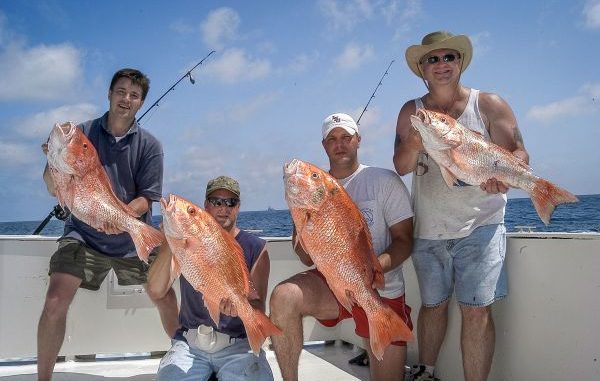
10-day snapper season is laughable
No one has ever accused me of being a math whiz. For good reason. I get 2 plus 2 equals 4. I’ve got 100 divided by 20 comes out to 5.
Statistics are borderline. I can usually figure stats out, but it takes some time and effort.
Add letters to an equation? Lost me.
That’s why I write for a living.
So it’s a bit mystifying to me how the National Marine Fisheries Service came up with expectations for red snapper harvest during the laughably short 10-day private-angler season running June 1-10, which will include only one weekend.
The numbers just don’t add up.
The math geniuses over at NMFS, who have proved over and over they don’t know how to manage the Gulf of Mexico fishery, first decided it wise to split the recreational quota between individual anglers and the Gulf’s charter fleet. That’s just stupid (and, some say, contrary to law), but it might be a measured step in breaking a traditional alliance between individual anglers and guides. The old conquer-and-divide scheme.
But NMFS Einsteins went on to provide guides with 44 days during which to catch their 2.371 million pounds of red snapper, while giving individual recreationals only 10 days during which they can legally catch 3.234 million pounds.
So, federal mangers expect working stiffs who have jobs (which, shockingly, means they’ll not be on the water for most of the 10-day season) to catch more red snapper than charter services in less than a fourth of the time provided the guides — whose jobs involve being on the water every day.
And if winds howl June 6-7, even fewer recs will brave the wide-open Gulf for their two-fish-per-man limits.
Here’s how the math works out: Individual recs must average 323,400 pounds of red snapper a day. If every snapper caught weighs 10 pounds, an average of 32,340 individual fish would have to be caught every day of the season. Assuming each angler catches his two-fish limit of 10-pounders, there would have to 16,170 private anglers on the water every day.
Spread those anglers out among the 2,393 Gulf platforms on the Bureau of Safety and Environmental Enforcement’s list, and each rig would average almost seven anglers dropping baits into its legs. Every day of the season.
Even a math-challenged editor can see how unlikely it is that any of that will happen.
This is simply one more reason why management should be turned over to the states, who have for decades proved adept at managing wildlife and fishery resources for public use while protecting populations.
We need Congress to step in and stop this mess. Then, maybe the math will work.


